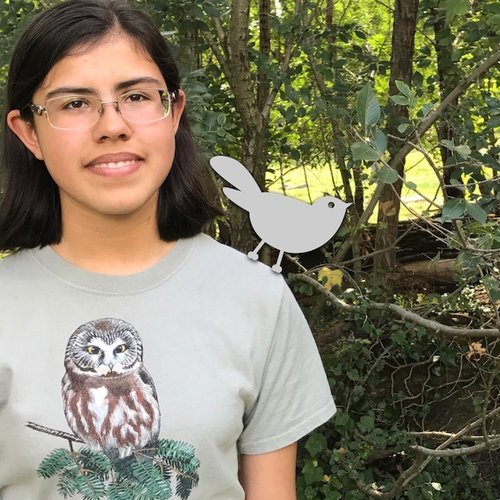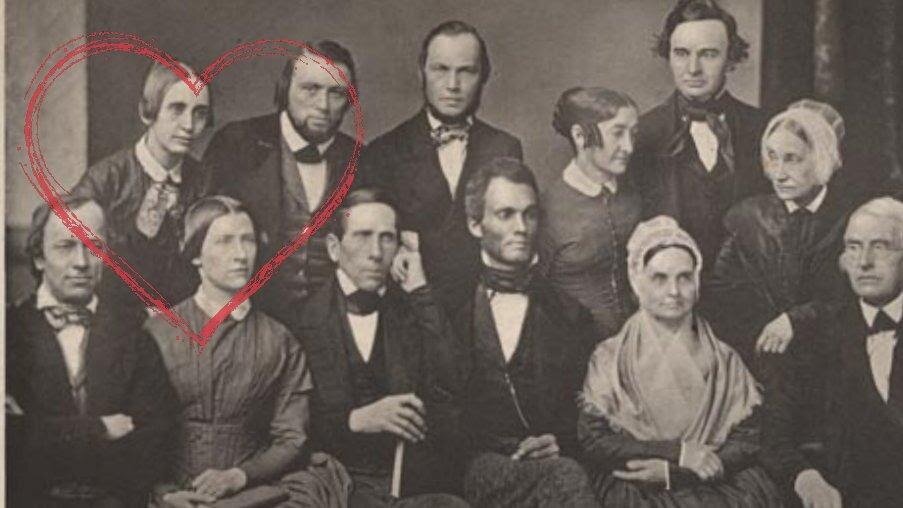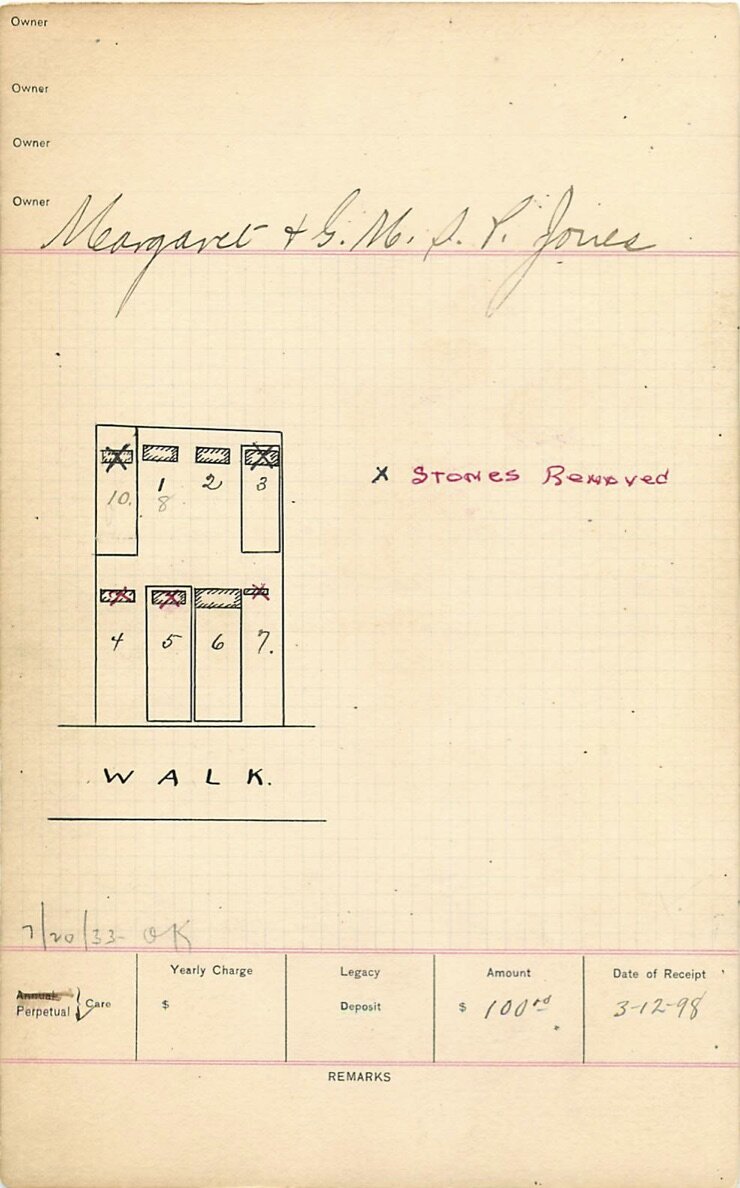As a renowned activist, it is perhaps unsurprising that Mary Grew’s lifelong partner, Margaret Burleigh (1817-1891), was also a fierce supporter of the same causes. Originally a schoolteacher from Philadelphia, Pennsylvania, Margaret met Mary through their work in both the anti-slavery and women's rights movements. In 1855, Margaret married a mutual friend and colleague, Cyrus M. Burleigh. However, when Cyrus passed away one month later from tuberculosis, Margaret lived the rest of her life with Mary Grew [2]. Together, the pair continued to push back against criticism of women from within and outside of the anti-slavery movement by speaking at public conferences and creating spaces for women in activism.
Mary and Margaret unapologetically lived outside of the traditional marriage model as "romantic friends": a devotion and affection described by contemporaries as surpassing the love of men. Many similar correspondences between Mary and friends provide insight into Mary and Margaret's emotional bond, a "union with another soul" for nearly fifty years, as Mary describes it [3]. However, few are more illuminating and eloquent as Mary’s response to a condolence letter from a younger suffragist, Isabel Howland, after Margaret’s death in 1893:
"Your words respecting my beloved friend touch me deeply. Evidently you understood her fine character; & you comprehended and appreciated, as few persons do, the nature of the relation which existed, which existed [still, despite the death of Burleigh's body] between her and myself… To me it seems to have been a closer union than that of most marriages. We know that there have been other such between two men, & also between two women. And why should there not be. Love is spiritual, love passion is sexual" [4].












